Norman Jewison’s famed directorial ‘In the Heat of the Night’ is a classic 1967 noir mystery drama movie that also offers weary laughter. The narrative borrows from the eponymous 1965 novel by bestselling mystery fiction writer John Ball, as it takes the viewers to serene Sparta. The film chronicles the struggle of Bill Gillespie, a police detective from Philadelphia, as he plunges himself into a small town whodunit murder mystery. As frustrated as Bill is, tangled up in the convoluted mystery, he must ask for help from reluctant veteran officer Virgil Tibbs.
As one of the most iconic films of its genre, ‘In the Heat of the Night’ has been deemed a cinematic piece of lasting cultural significance. The score enhances the narrative, the direction is well-devised, and the supporting cast features great character actors. While the visual setting is the tight-knit Mississippi community, you must wonder where the movie was filmed. In that case, let us investigate further.
In the Heat of the Night Filming Locations
‘In the Heat of the Night’ was filmed in and around Illinois, Tennessee, and California. Principal photography likely commenced on September 26, 1966, and was wrapped by November of the same year. Although the movie is almost exclusively set in the small township of Sparta, an unincorporated county in the Chickasaw County of Mississippi, the production team captured most of the scenes in the eponymous township of Illinois instead.
Haskell Wexler, one of the most influential cinematographers in film history, came on board to work on the movie. At the same time, Paul Groesse, known for his works on classic Hollywood enterprises like ‘The Music Man,’ joined the team as the art director. Let us now take you to the specific shooting locations.
Randolph County, Illinois
Most of the movie was taped in the Randolph County of Illinois, especially in the cities of Sparta and Chester. There seems to be more than one Sparta in the country, and some of the filming locations in the city are distinguishable even today. The Illinois city stands in for its namesake Mississippi community in the movie.
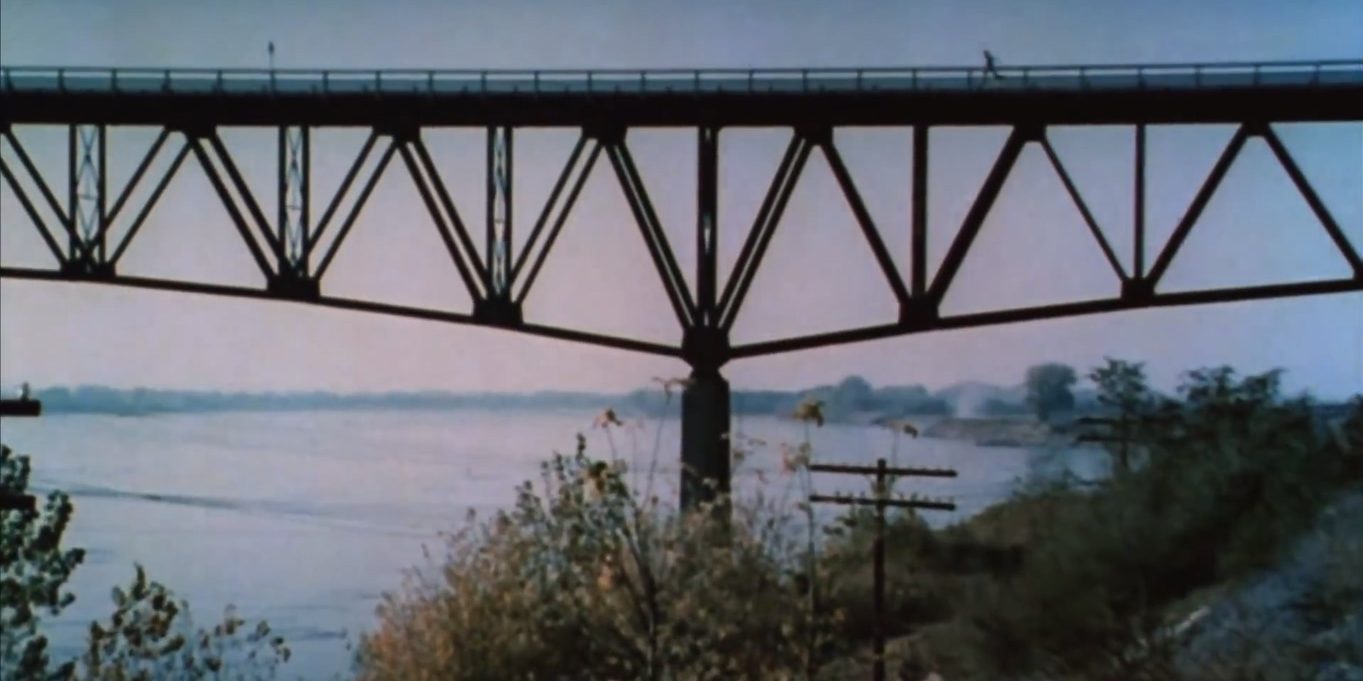
Almost all of the scenes set in Sparta were lensed in Illinois, specifically around the North Walnut, West Broadway, and West 2nd streets. The production unit also headed to Chester, the county seat of the Randolph County, to capture some scenes. The Harvey Oberst chase scene and the exterior bridge scenes were captured in Chester.
St. Claire County, Illinois
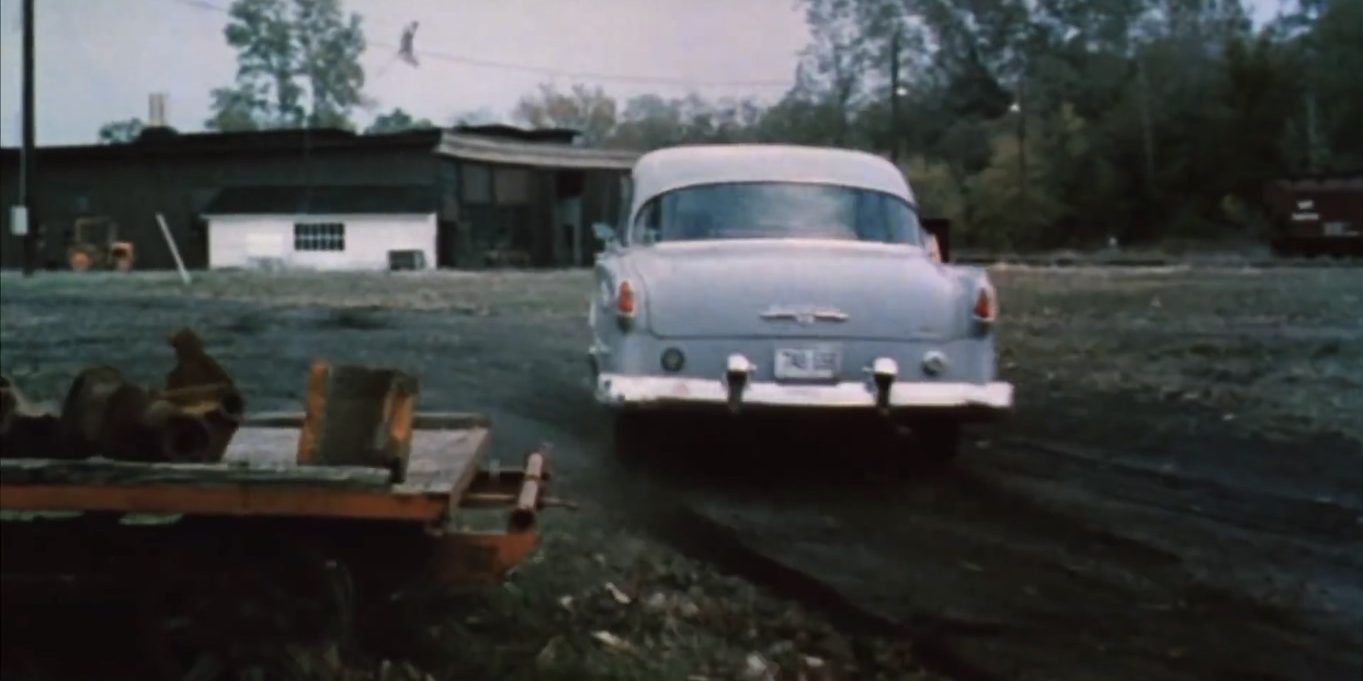
The production team ventured outside Sparta on multiple occasions, recording multiple scenes in some lesser-known communities in the state. The opening railroad scene was filmed in Freeburg, a village in St. Claire County. Furthermore, the cast and crew went to Belleville, the county seat of the St. Claire County and the seat of the now-defunct Belleville Township.
Tennessee
Director Norman Jewison had some ideas about the Southern authority, and actor Sidney Poitier did not want to head south of the historic Mason-Dixon line that divides the Antebellum south from the north. However, after weighing the logistics, they decided to shoot some scenes in Tennessee.
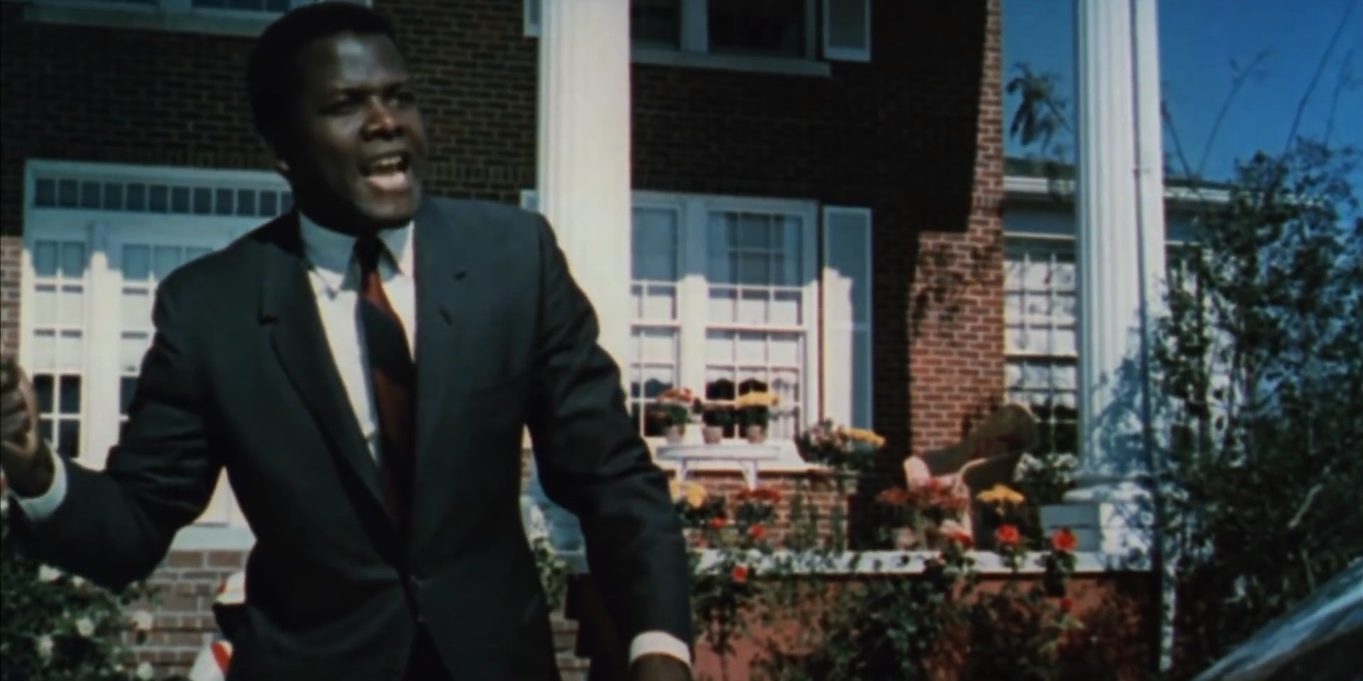
The crew visited Dyersburg, a city in Dyer County located in the northwestern region of Tennessee. The sequences unfolding in Endicott’s house were recorded on a property in the town. Furthermore, the cotton field scenes were lensed in the area, and additional filming in the state took place in Union City, a serene township within Obion County.
Los Angeles, California
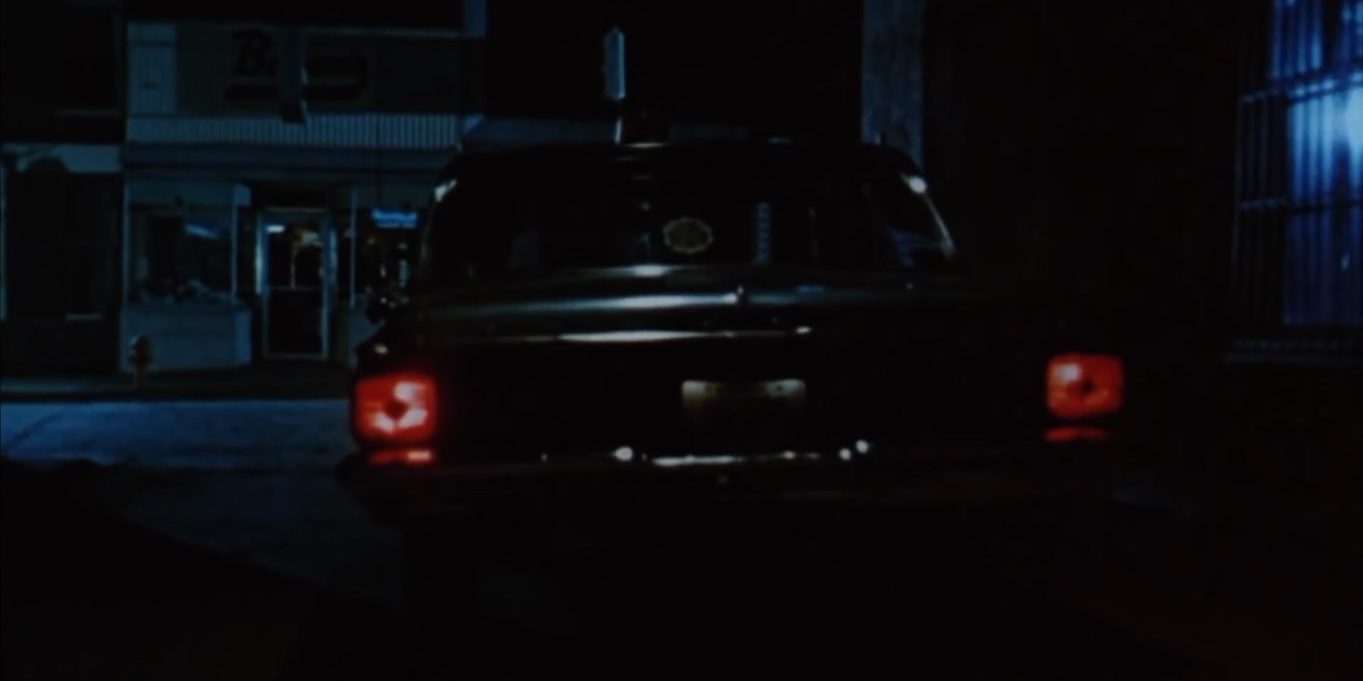
While the external scenes were almost entirely taped in Illinois and Tennessee, the production team headed to California to procure a studio facility for indoor sequences. The cast and crew moved to Los Angeles, the iconic coastal metropolis in the southern part of the state, to shoot a portion of the film. In the neighborhood of Hollywood, the production team set up camp at Raleigh Studios Hollywood, a central production facility in the studio zone. Situated at 5300 Melrose Avenue East in Los Angeles, the vast film studio has facilitated classic films and TV shows, from ‘Castle’ to ‘Straight Outta Compton.’
Read More: Best Movies About Racism

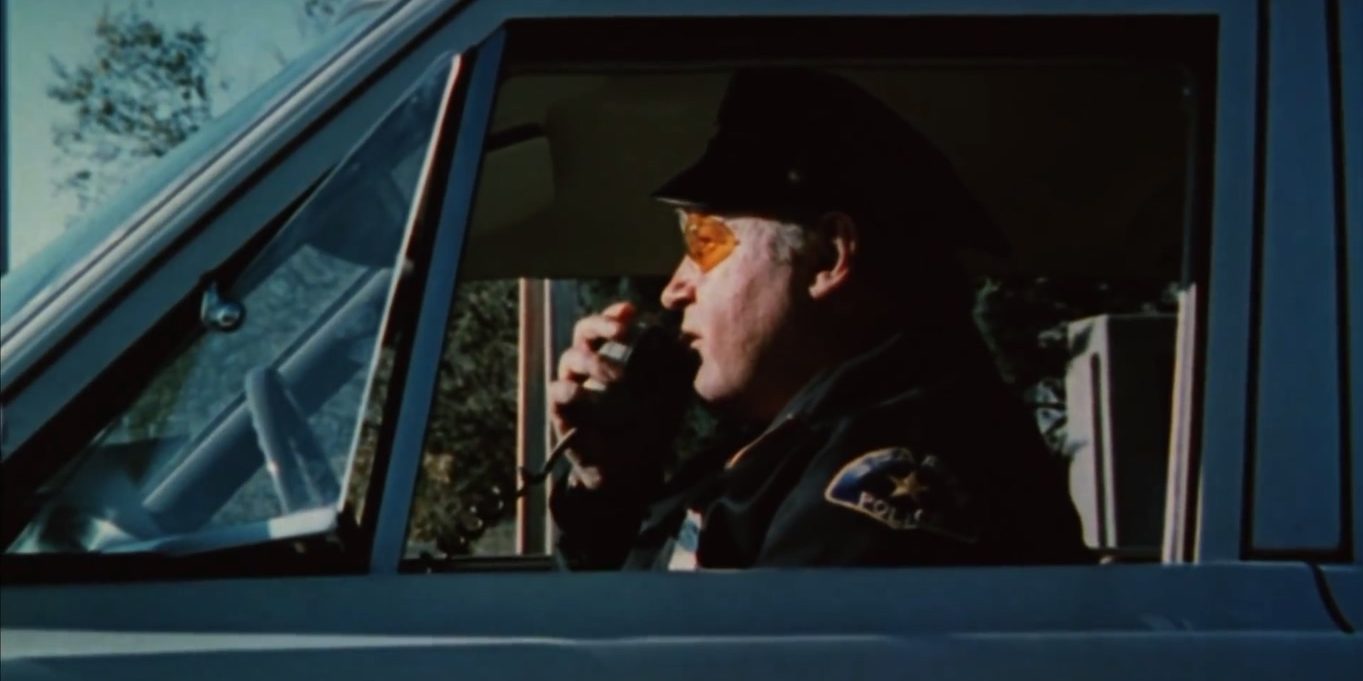
You must be logged in to post a comment.